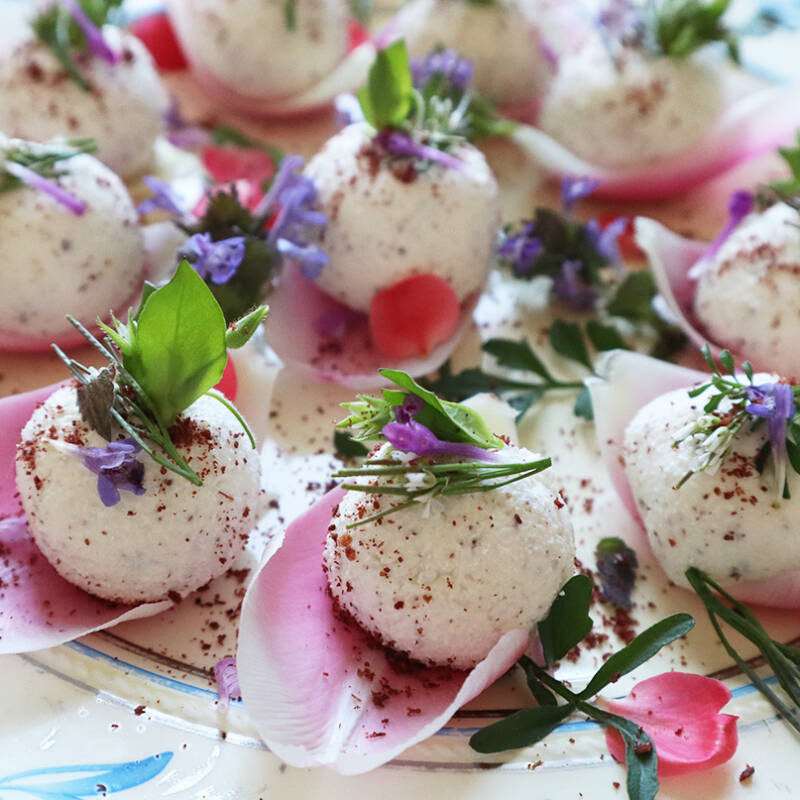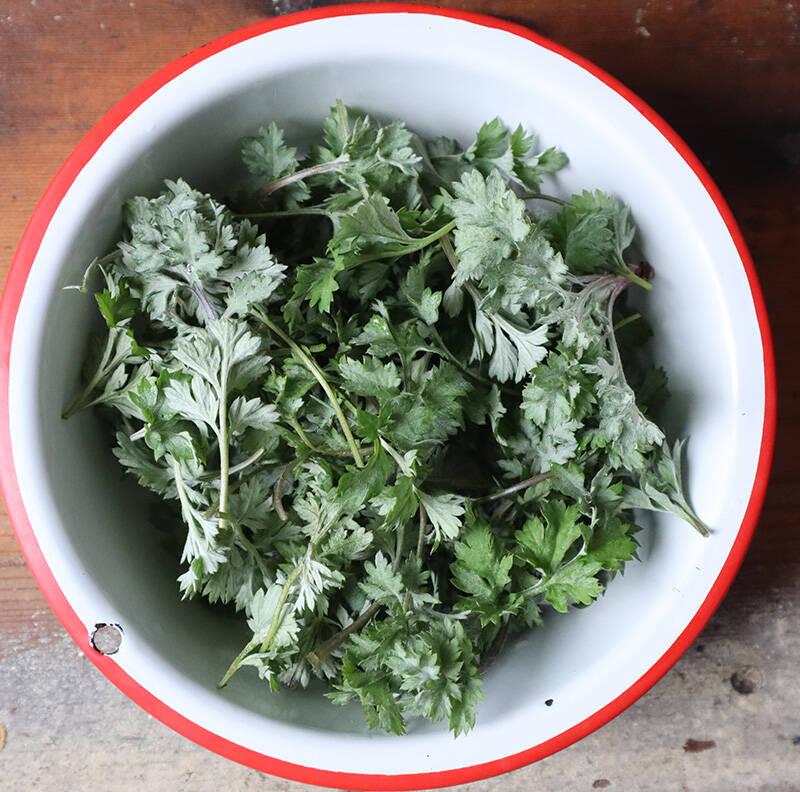I was out in the garden the other afternoon with my friend Stacey, who had come over with a wheelie suitcase full of torture implements–actually, she calls this stuff “exercise equipment” to try to trick me into getting into shape–and as she pulled elastic bands and weighted rubber balls and God knows what else from her bag, my dogs milled around her ankles in case she had little cubes of cheese in there too.
Then the neighborhood squirrel appeared, running on the fence above the neat rows of beans and the ruffly lettuces I planted last month.
This turned my dog Larry into 6.2 pounds of fury. Barking rabidly, he threw himself at the intruder. But being not much larger than the squirrel himself, Larry was unable to gain any altitude. The squirrel was unmoved. He had been through this many times before and peered down, bored as a Frenchman, before pattering off.
Photographs by Michelle Slatalla.

Above: Wile E. Squirrel.
“Do Larry and that squirrel have some kind of a sick relationship?” Stacey asked (which was a fine question from a woman who shows up with a dominatrix bag of rubber restraints to wrap around the pear tree, but I digress). “Every time I come here, they go through the same routine.”

Above: Squirrelface Killuh.
I shooed Larry out of the vegetables and then noticed that the vegetables weren’t doing so well. Some of my lettuce looked nibbled. And worse, three heads of red leaf were simply missing, empty pockets of dirt the only clue that they’d ever existed. I also found a Meyer lemon on the ground, gnawed in a suspicious manner. and realized … the squirrel! He’s been grazing in my garden.
As I took inventory, it became clear that only the mint was thriving. Of course, mint could probably survive nuclear war, with its sturdy, invasive tendencies. “Don’t plant mint, whatever you do,” readers warned ominously in the comments section when I last wrote about my random vegetable garden. Clearly these readers didn’t have squirrels.
I’m not sure how to defeat the neighborhood squirrel, who lives to taunt. This morning my next-door neighbor reported another recent squirrel incursion: in broad daylight the varmint approached his deck, locked eyes with him, snapped a big rose off a bush, and then sat there eating it nonchalantly.
What will it take to stop this varmint? Should I buy netting to cover the lettuces? Or maybe a tiny ladder so Larry can climb to the top of the fence? Do you have any suggestions?
In the meantime I’m taking solace in the mint. I made a batch of mint sauce–actually, two batches because the first recipe turned out “brown,” and there’s so much mint out there that what the hell, why not experiment?–and I served it on lamb. I wonder how it would taste on squirrel.
Here are both mint sauce recipes:

Above: First I made mint sauce from a simple recipe I found on Food52. The only ingredients you need are mint leaves, raw sugar, sherry vinegar, and a pinch of salt. (For full step-by-step instructions, see Food52.)
Basically, all you do is stir together half a cup of vinegar and a quarter cup of sugar in a saucepan on the stove. Bring the mixture to a boil to dissolve the sugar and then take it off the heat and stir in two big handfuls of chopped mint leaves and a pinch of salt.
The result tastes wonderful–the sherry vinegar really gives it a nice flavor–but what I didn’t realize until I was making it was that the dark-colored mixture was going to turn the mint brown immediately. Maybe I should have suspected this, since there was no photo of the finished sauce on Food52. When you don’t see a photo of a ready-to-eat dish on a food site, it’s the equivalent of not seeing a kitchen photo in a real estate listing: they’re glossing over something.

Above: Luckily, I served this brown mint sauce at a dinner party, and by candlelight you really can’t tell that what you’re eating looks like ground-up composted grass clippings.
But part of my reason for growing edibles was to persuade my family to give up store-bought junky condiments, and brown sauce was not going to wean these people off Crayola-bright mint jelly from a jar.
So the next day, I decided to tinker with the recipe to see if I could improve the visuals.

Above: I substituted white vinegar for the sherry vinegar. This is a throwback mint sauce; white vinegar is what your grandmother would have used before they started carrying fancy flavored vinegars at the supermarket.
This time, after I boiled the mixture to dissolve the sugar, I let it cool to room temperature before adding the chopped mint. The cool mixture was kinder to the mint…

Above: The result was a bright green sauce that looked great and tasted good, although it didn’t have as much depth of flavor as the sherry vinegar sauce. Here are the instructions:
Ingredients:
- 1/2 cup white vinegar
- 1/4 cup raw sugar
- 2/3 cup chopped mint leaves
- Salt to taste
Stir vinegar and sugar together in a saucepan over medium heat. Bring to a boil to melt the sugar. Allow mixture to cool to room temperature. Stir in mint and salt to taste.

Above: The good news is that I am already saving money via my random vegetable garden by growing my own mint, instead of buying a bunch of it at the market for $1.69.
But there’s still one unsolved mystery. Why don’t squirrels eat mint?
For more about Michelle’s random vegetable garden, see How to Stop Throwing Away Food (and Money).








Have a Question or Comment About This Post?
Join the conversation